Yunnan Baoshan iron pickup | Chinese Yunnan small grain coffee Baoshan old variety iron pickup
Yunnan Baoshan Typica
Yunnan iron pickup truck
Product name: Huaguo Mountain
Coffee producing countries: China, Yunnan, Baoshan
Coffee variety: Typica
Production altitude: 1200m
Quality level: AA
Treatment: washing
The history of coffee cultivation in Yunnan can be traced back to 1892. A French missionary brought coffee to Yunnan from abroad and successfully planted it in a valley in Binchuan County, Yunnan Province. the main variety is Iron pickup, the so-called small-grain coffee, commonly known as Yunnan small-grain coffee.
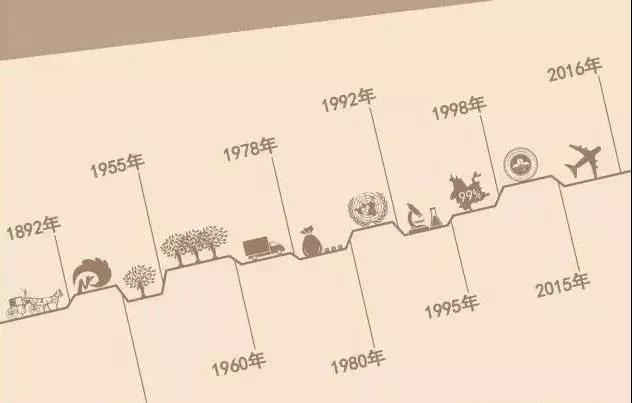
Yunnan small grain coffee, Rubiaceae, coffee genus
The planting areas are mainly distributed in Lincang, Baoshan, Simao, Xishuangbanna, Dehong and other prefectures in Yunnan Province, China. A good bean with good pedigree accounts for a large proportion, so choose the right variety and plant it at an appropriate altitude. After maturity, the treatment methods that can express the unique flavor are tested to find out the regional flavor of Yunnan boutique coffee.
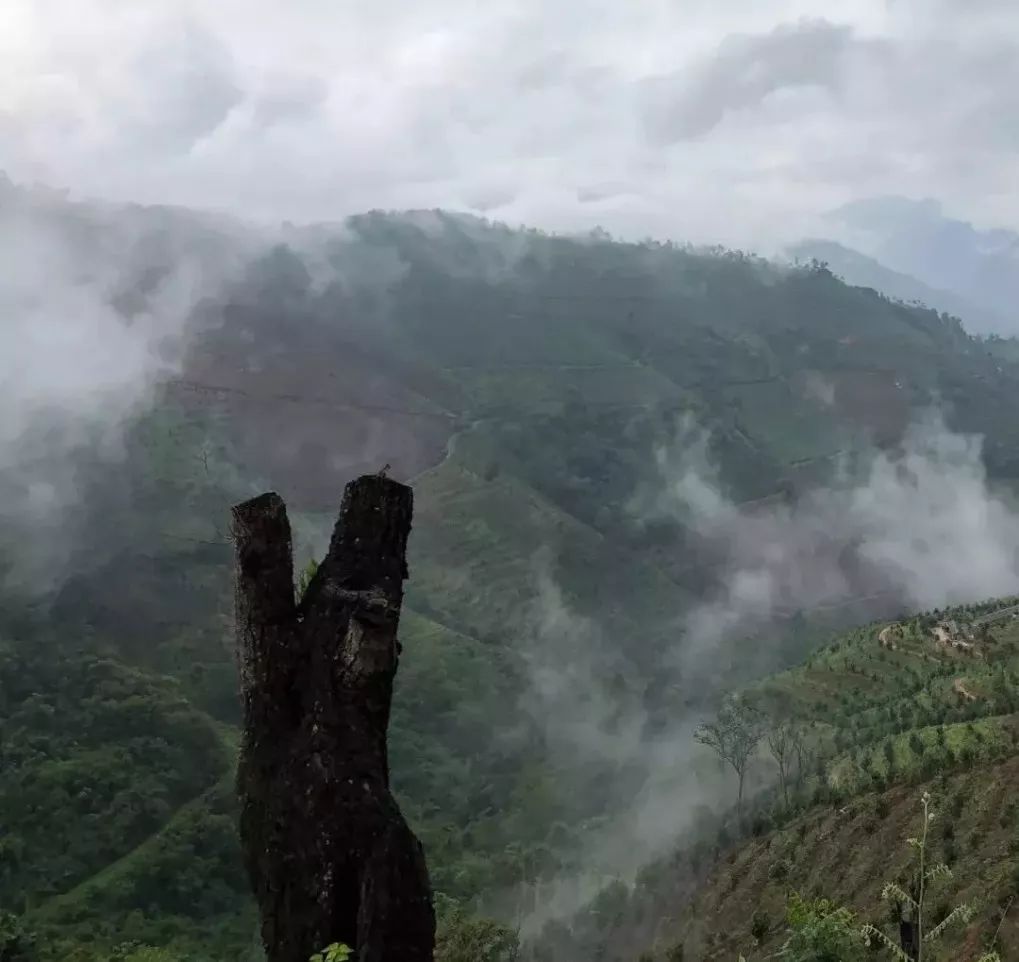
Choose the right variety, plant it at an appropriate altitude, and test a treatment that can express its unique flavor when it is mature. This is the only logical relationship in my opinion that fine coffee can have obvious regional flavor. Is Yunnan good or not?
To judge whether a bean will taste good or not based on some basic factors, nothing more than the following:
Look at beans: 1. Variety 2. Altitude 3. Treatment mode 4. Bake 5. Extraction
1. Look at the variety: Tiebika, original species. We are commenting on boutique coffee, Blue Mountain, KONA are also tin cards, back to the pedigree theory, we have to admit that a good bean good pedigree accounts for a large proportion.
2. Look at the planting height: for Arabica, 1200 meters is a watershed for quality. This iron truck in Baoshan, Yunnan Province, has planted 1200 meters.
3, look at the treatment methods: throughout the treatment methods, there are nothing more than two directions, one is cleaner, such as washing, and the other is more windy, such as the sun.
4. Look at baking: Qianjie focuses on roasting for 5 years, while moderate roasting expresses the regional flavor of Yunnan boutique coffee. Let the old coffee drinkers take a sip. Well, this is the taste of Yunnan boutique coffee.
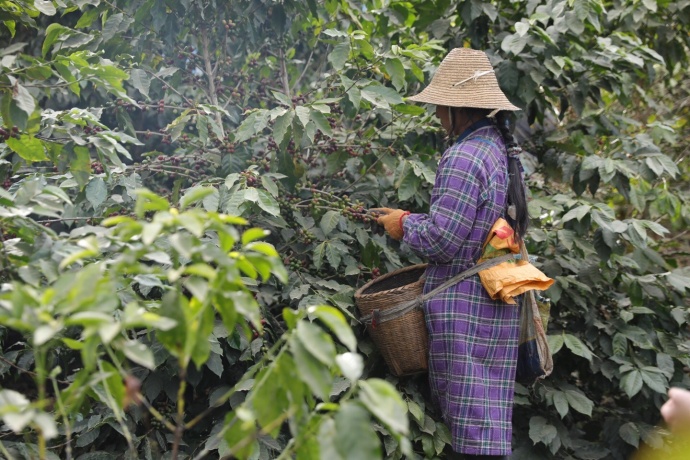
Yunnan Baoshan Coffee Variety
Along the way, most of the varieties planted in Yunnan are Katim, which is a hybrid of Kaddura and Robusta, a branch of the bourbon line in the Arabica species. The reason for planting this variety is that Katim has the Robusta gene, so it is better than a single old variety in disease resistance, and the yield is better, and the yield is lower than that of the delicate old variety. Farmers naturally prefer to grow Katim, so now there has been a wave of Katim in Yunnan.
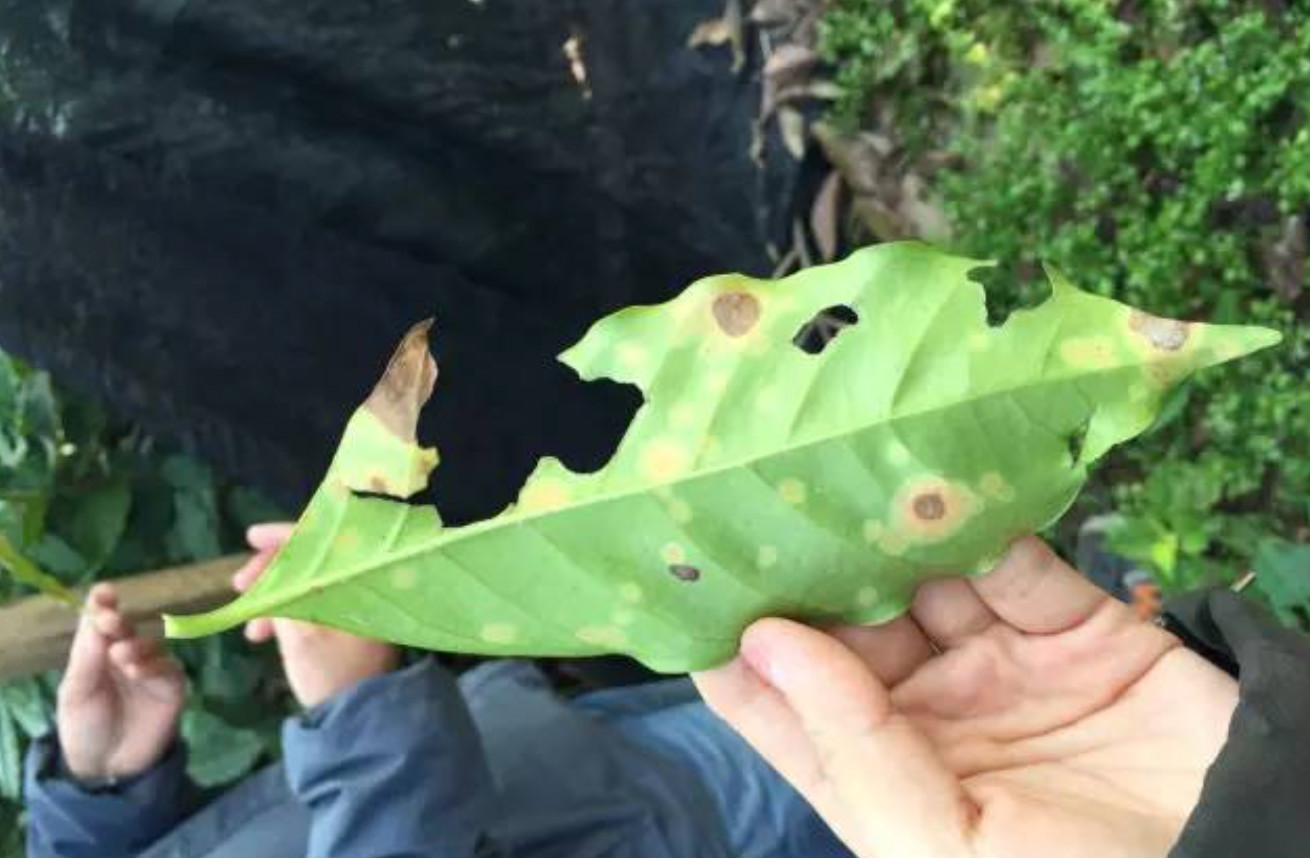
In the vast expanse of Katim, it is easy to recognize. After careful observation, you will find that each species has its own appearance, Katim's leaves are hanging down, the tree shape seems to be wearing a cloak. Tiebika, on the other hand, has upward branches and new leaves on the top of the tree.
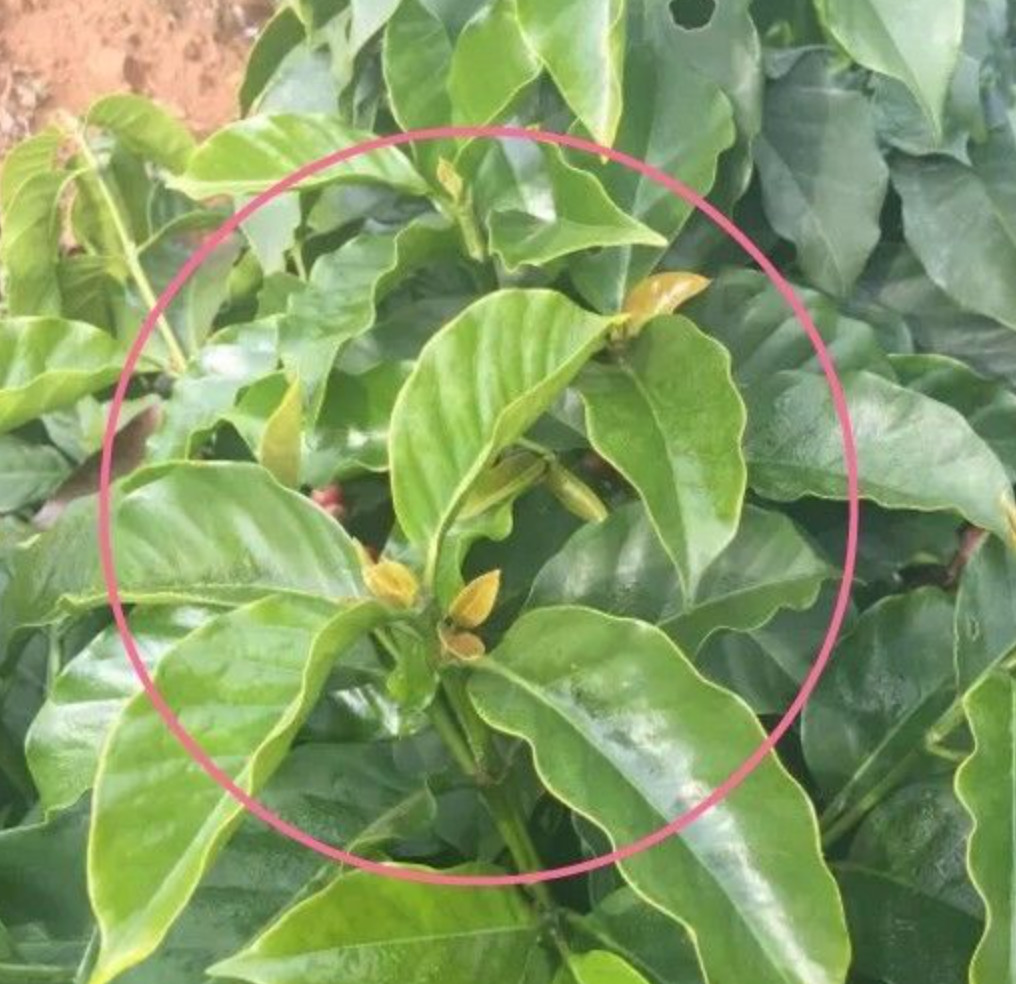
The new leaves at the tips of the branches and leaves above are copper, which is Tiebika growing coffee trees. Tiebika is an old variety of Arabica species, and the well-known Hawaiian Kona is actually Tibika. In the vast expanse of Katim, it is easy to recognize. Typica, one of the oldest varieties of Arabica coffee, has bronzed top leaves and oval or thin-shaped beans; elegant flavor, but weak physique, poor disease resistance and low fruit yield.
The Arabica species originated in Ethiopia, where it still grows naturally today in the highlands of the pristine rainforest. In the 13th and 14th centuries, the tree was brought to Yemen, and around 1700, iron pickups were planted in Hortus Botanicus in Amsterdam for breeding. The Ironpickup saplings are the first saplings brought from the Dutch royal garden to Central and South America and the New World to be planted. Iron pickup is a pure precious tree species with oval fruit shape, brass leaves and varied fruit flavor.
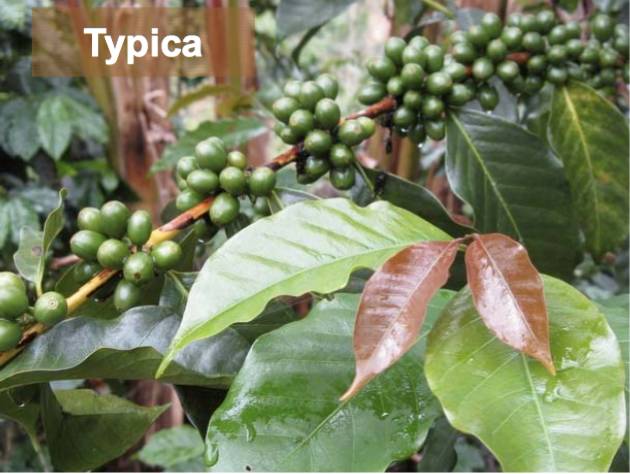
Iron pickup coffee beans
Iron pickup (Typica): the shape is oval, the bean body is thin from the side, and the two ends of the iron pickup card are slightly warped. Even if the altitude of the planting area is different, the thickness of the side of raw beans will not be too different.
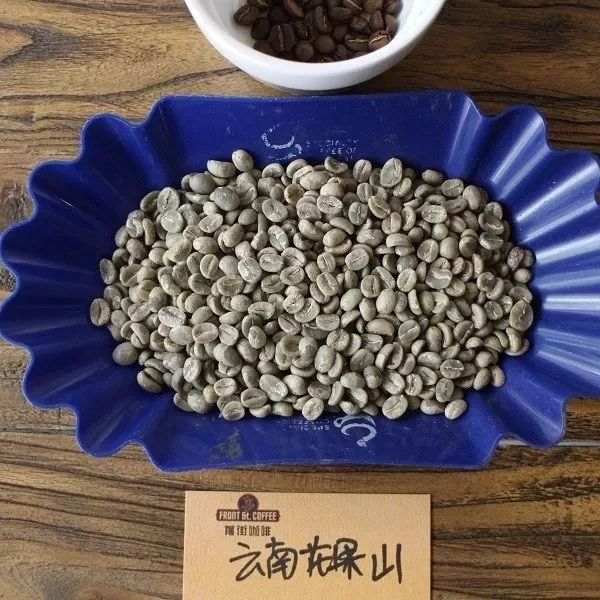
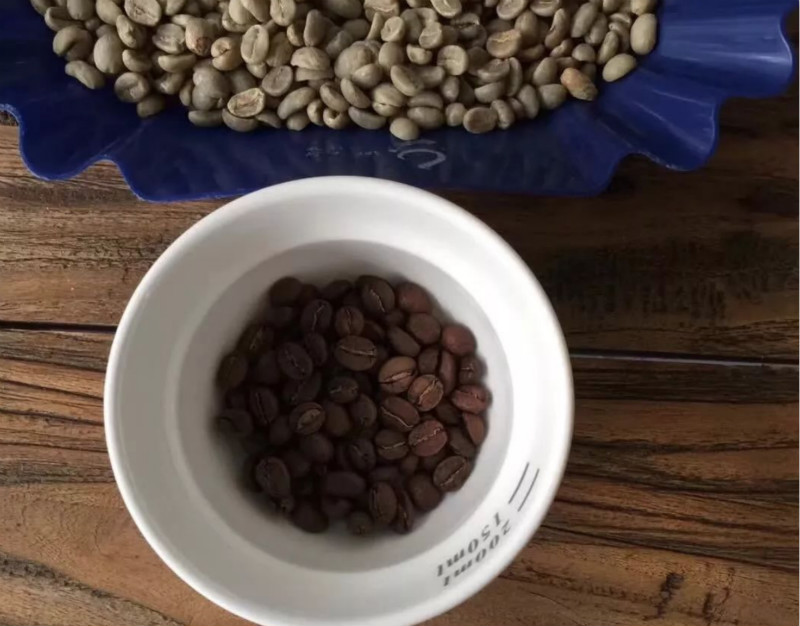
Ripe beans: the difference between Iron pickup and Katim
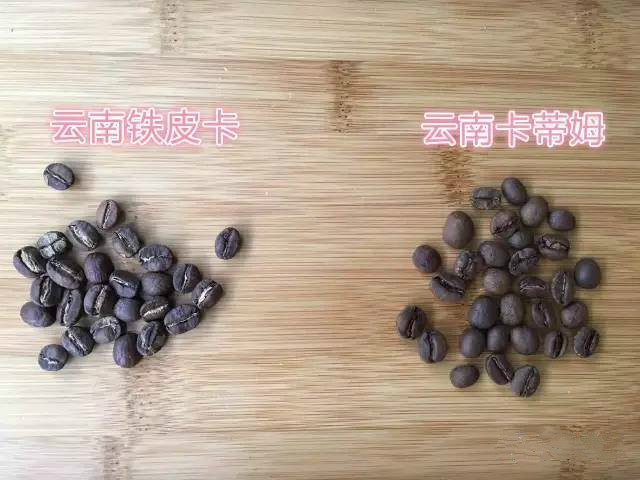
Planting altitude
For Arabica, 1200 meters is a watershed in quality. Baoshan is more than 1200 meters above sea level, with an average temperature of 21.50 ℃ and a maximum of 40.4 ℃. It is basically frost-free all the year round, forming a small regional climate that is protective to coffee growth and is recognized as the best small-grain coffee producing area. The planting areas are mainly distributed in Lincang, Baoshan, Simao, Xishuangbanna, Dehong and other prefectures. The small grains of coffee cultivated here are strong but not bitter, fragrant but not strong, well-proportioned, mellow and fruity.
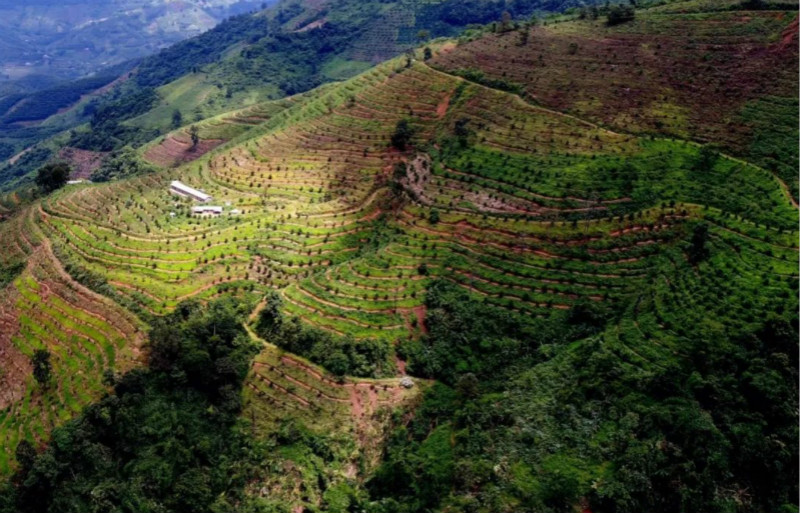
Treatment: washing
Use a peeling machine to separate most of the pulp from the coffee beans, then guide the shelled beans to a clean sink, soak them in water and ferment to completely remove the residual pulp layer. Through washing, unripe beans and defective beans are selected because of buoyancy, and the fermentation process is easier to control, so the flavor is not mixed like sun beans, but shows obvious acidity, complexity and cleaner characteristics in the cup.
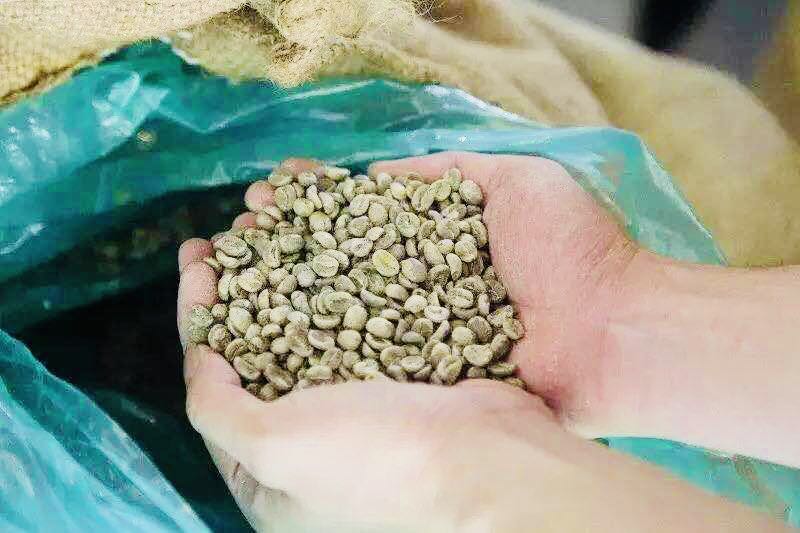
Baking analysis
The information provided by raw bean merchants is that the moisture content of beans is 10.9%, so the baking plan is to enter the beans at 200 degrees, then fire and small throttle to speed up dehydration, and when the dehydration stage is over, open the stroke door and medium heat so that Maillard's reaction time is not too hasty. 3 minutes.
The baking process is as follows: HB roaster, bean input 2Kg,
Temperature recovery point: 1 minute 32, 92.5 °c
Yellowing point: 5 minutes 40, 148.5 °c
One burst: 8 minutes 59 seconds, 188.0 °c
Develop for 3 minutes
Out of the oven: 12 °39, 196 °c
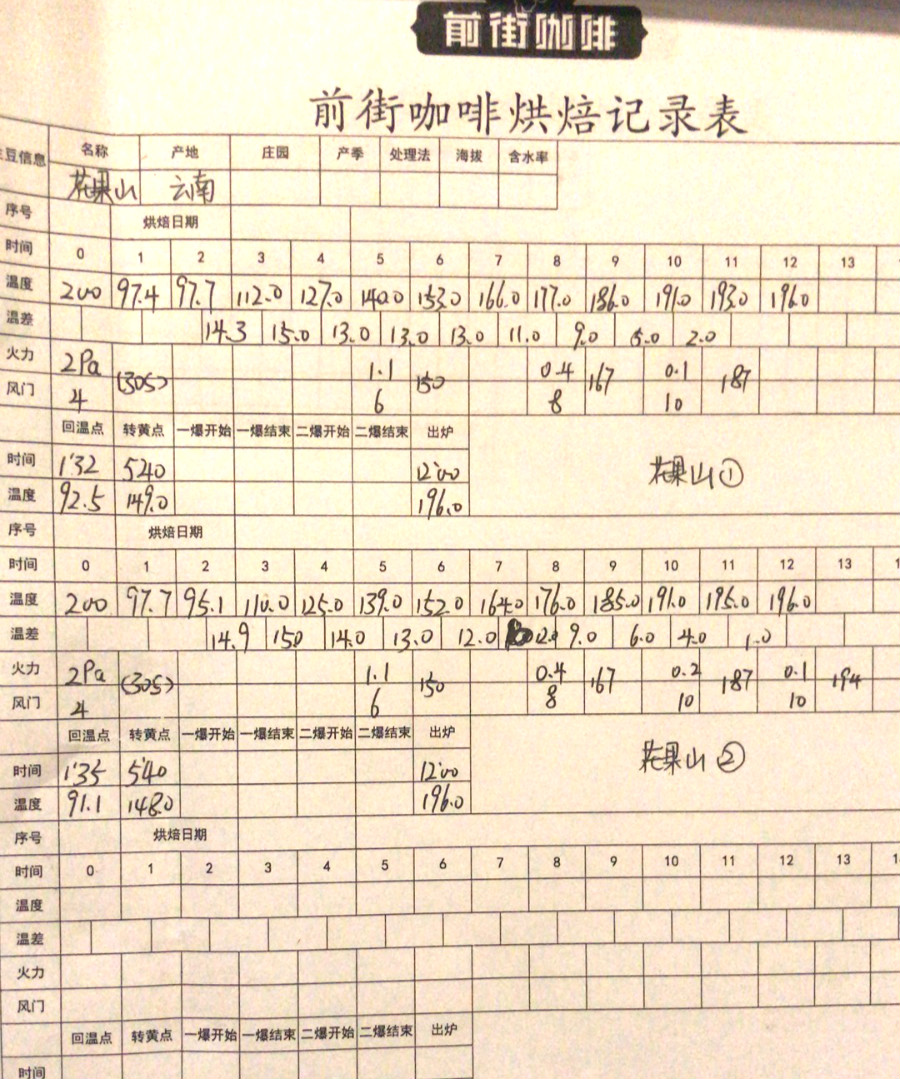
Baking degree: medium baking
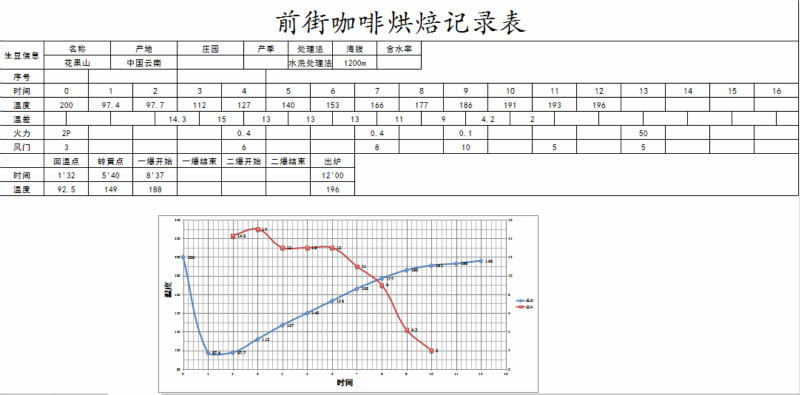
Cup test
After baking for 12 hours, the cup shows rich aromas of fruit, melon, herbs, supple on the palate, mid-course nuts, milk chocolate, lively and bright sour plums at the end, good balance on both cheeks, medium body full, sweet and sour first, apricot, citrus sour, aftertaste black tea, a little brown sugar.
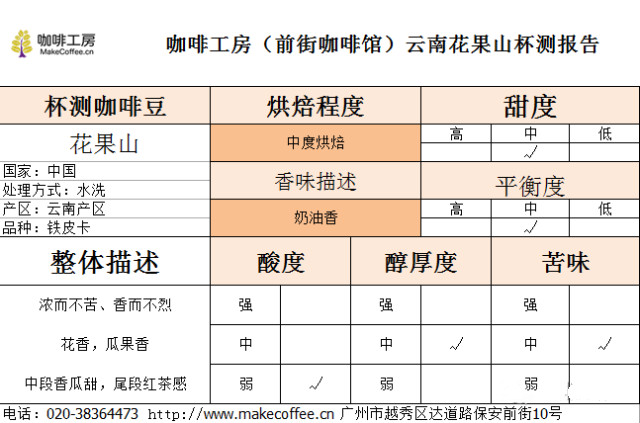
Cooking steps:
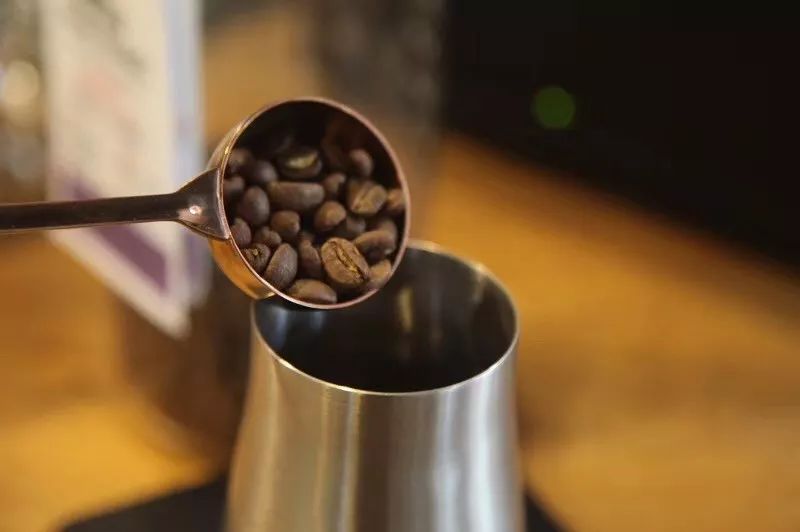
[hand impact parameters]
Filter cup selection: V60 filter cup, kalita fan and cake cup are available.
V60 as a demonstration
Parameters: 15g powder, water temperature 90 degrees
Grinding 4, the ratio of water to powder is close to 1:15, and the total time is about 2:00.
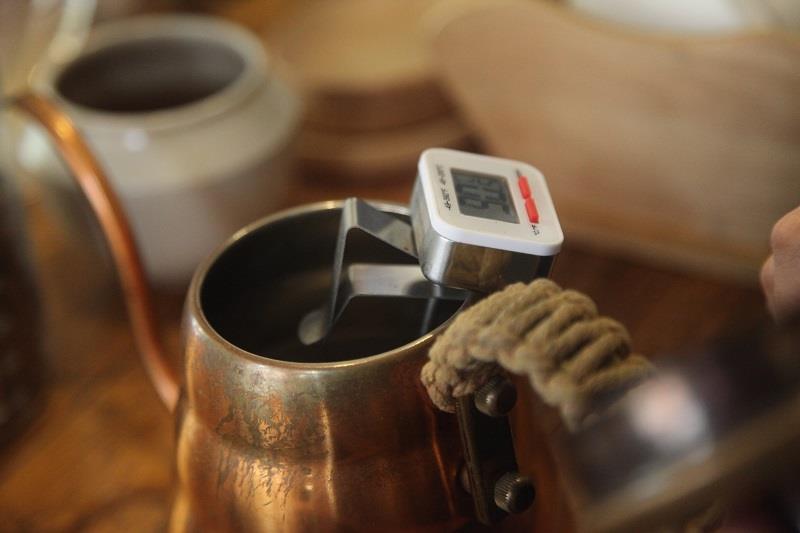
Technique: 25-30g steaming in water for 30s
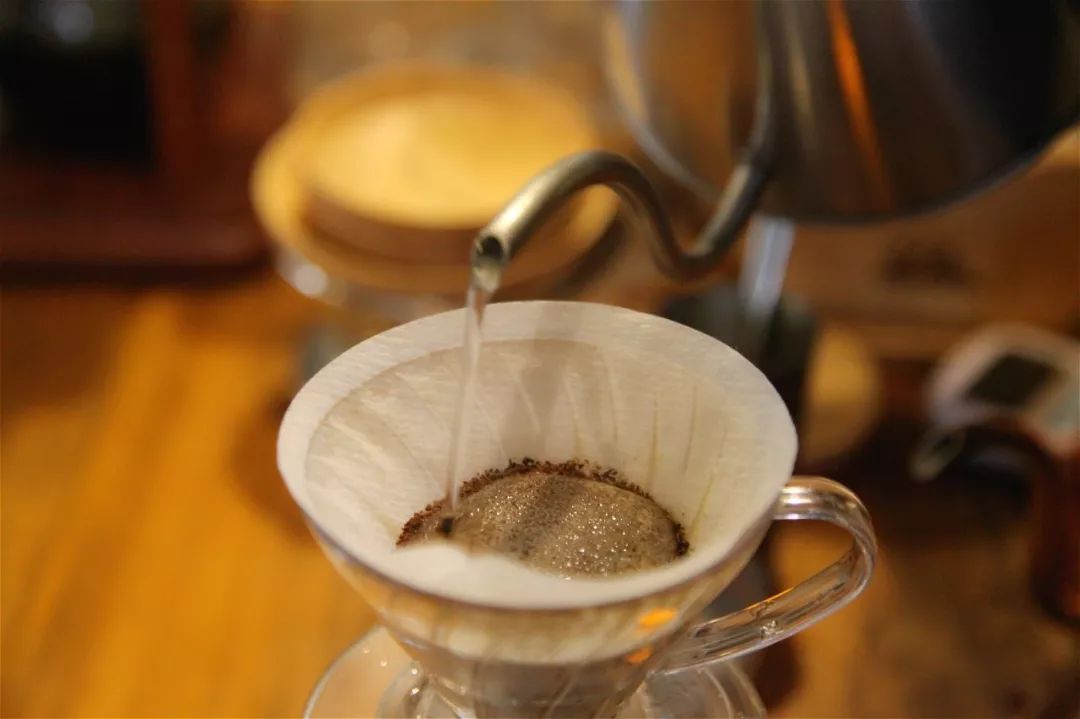
The first section of water injection to 120g water cut off, vertical flow, small flow slowly circle
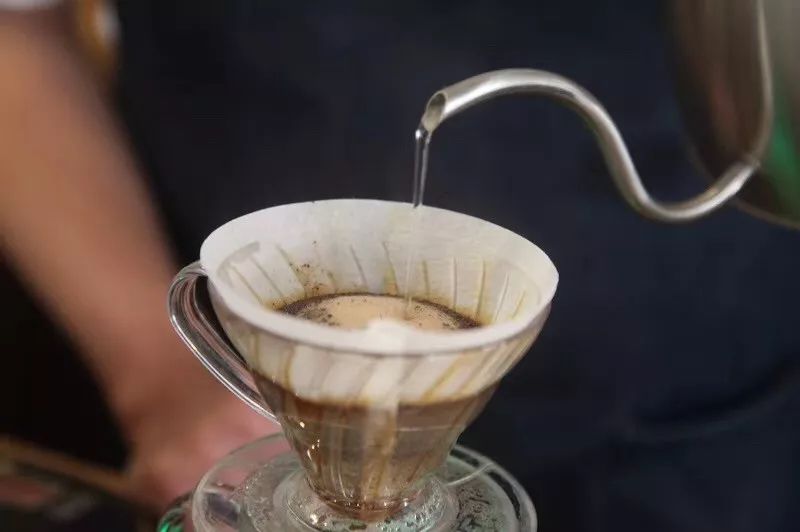
When the water is injected to 225g in the second stage, the flow and winding speed is slightly faster, which reduces the powder clogging the filter cup and leads to excessive extraction.
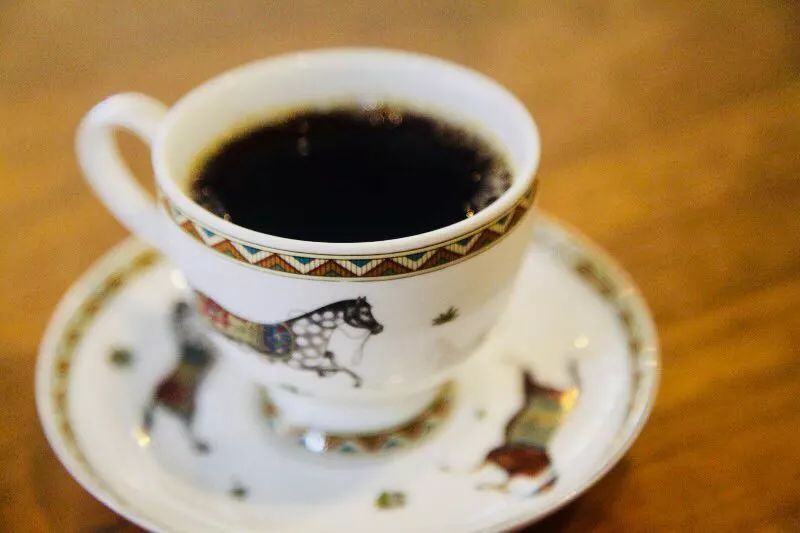
Other extraction suggestions:
Normal pressure: 3.5-4 degree of grinding / water temperature 90 degrees
Siphon: 4 degree of grinding, water temperature: 89 degrees
Philharmonic pressure, 2.5 degree of grinding, water temperature 88 degrees
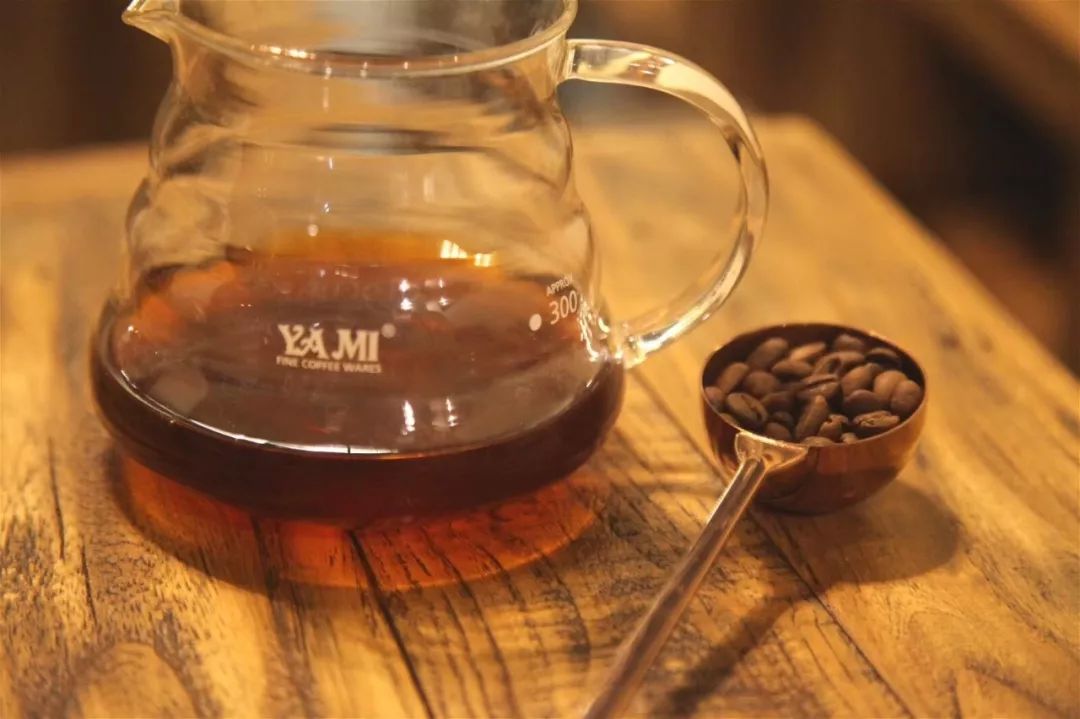
Important Notice :
前街咖啡 FrontStreet Coffee has moved to new addredd:
FrontStreet Coffee Address: 315,Donghua East Road,GuangZhou
Tel:020 38364473
- Prev

The Story of Sakui Coffee beans the characteristics of Ethiopian Sida Mohambela Coffee 6.0 Coffee in the New season
Professional coffee knowledge exchange more coffee bean information please follow the coffee workshop (Wechat official account cafe_style) EthiopianSidamoShakissoNatural Sakuran name: Ethiopia Sunshine Sidamo G1 Sakuran EthiopianSid
- Next
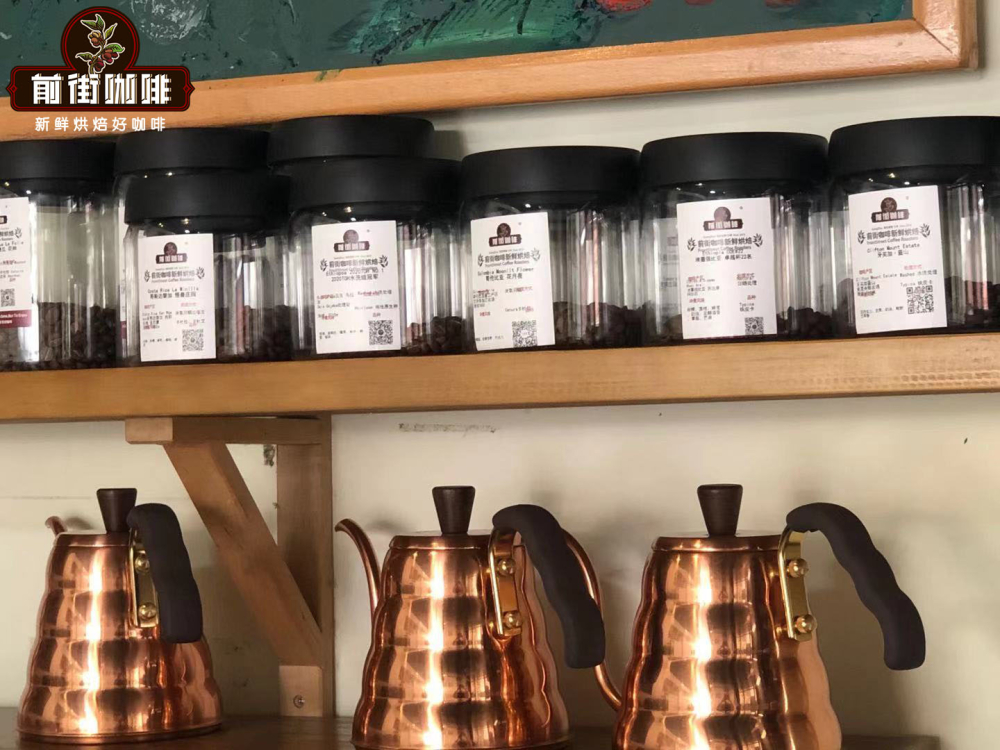
What is the best grade of Rosa coffee? is it expensive? the flavor and taste characteristics of Rosa coffee bean story.
Professional coffee knowledge exchange more information about coffee beans Please follow the coffee workshop (Wechat official account cafe_style) Rose Summer Coffee (Geisha) was discovered in the rose forest of Ethiopia in 1931 and sent to the Coffee Research Institute in Kenya. Introduced to Wugan in 1936
Related
- Detailed explanation of Jadeite planting Land in Panamanian Jadeite Manor introduction to the grading system of Jadeite competitive bidding, Red bid, Green bid and Rose Summer
- Story of Coffee planting in Brenka region of Costa Rica Stonehenge Manor anaerobic heavy honey treatment of flavor mouth
- What's on the barrel of Blue Mountain Coffee beans?
- Can American coffee also pull flowers? How to use hot American style to pull out a good-looking pattern?
- Can you make a cold extract with coffee beans? What is the right proportion for cold-extracted coffee formula?
- Indonesian PWN Gold Mandrine Coffee Origin Features Flavor How to Chong? Mandolin coffee is American.
- A brief introduction to the flavor characteristics of Brazilian yellow bourbon coffee beans
- What is the effect of different water quality on the flavor of cold-extracted coffee? What kind of water is best for brewing coffee?
- Why do you think of Rose Summer whenever you mention Panamanian coffee?
- Introduction to the characteristics of authentic blue mountain coffee bean producing areas? What is the CIB Coffee Authority in Jamaica?

